The Volvo Amazon was introduced to the world for the first time 60 years ago. Named after the female warriors in Greek mythology, it is still one of the most iconic models in Volvo’s history.
Volvo’s new four-door model was revealed in the first weekend of September in 1956. It had its première in the Swedish town of Örebro, with the elegant car differing greatly from the common perception of what a Volvo should look like.
The shapes included features drawn from Italian, British and American design. The man responsible for the design was 26-year-old Jan Wilsgaard, who went on to become Volvo’s head of design for many years, designing the 140, 240 and 700 series, as well as parts of the 800 series. Jan Wilsgaard recently passed away at the age of 86.
The new car was the company’s second postwar model, following on from the PV444, and had been named Amason — spelled with an ‘s’. The name came from Greek mythology, in which the Amazons were female warriors. The spelling was changed to the more internationally viable Amazon prior to the launch of production in 1957. Unfortunately, the German moped and motorcycle manufacturer Kreidler also happened to launch a moped called Amazone at the same time, which meant the name was unavailable in a number of key markets.
A deal was reached to allow the Volvo model to be known as Amazon in the Nordic markets. In the rest of the world, the standard model was known as 121, while 122 was used for the sport model. The estate model with a standard engine was called 221, while 222 was used for estates with the sport engine. However, the car is now known as Amazon around the world.
The first few years of Amazons were elegant. Between 1957 and 1959, all cars were two-coloured. The combinations on offer were black, midnight blue or ruby red bodies with a light grey roof, or a light grey body with a black roof. From 1959, it became possible to buy an Amazon in just one colour, and 1961 was the final year of production of the two-colored cars.
The 1958 Amazon Sport was developed for customers who wanted more power. With twin SU carburetors and a sharper camshaft, the engine could generate 85 hp SAE.
In 1959, Volvo’s patented three-point seatbelt became a standard feature in the Amazon — a world first. No other single safety feature has been anywhere near as significant. It is estimated that at least one million lives have been saved by the three-point seatbelt over the course of its 57-year lifetime.
February 1962 marked the introduction of the estate edition of the Amazon. The difference between this car and the Duett van was substantial. The Amazon estate was an elegant car with an American-inspired boot door that was split horizontally.
The sportiest edition of the Amazon was the 123 GT, which borrowed its engine from the 1800S sports car. The 123 GT was launched as a 1967 model, offering 115 hp and overdrive. The wing mirrors were attached to the front fenders, extra lights came as standard and a tachometer was mounted above the dashboard.
Product development on the Volvo Amazon continued despite the introduction of the 140 series in 1966. Both the Amazon and the 140 series received the new B20 engine for their respective 1969 models. The larger volume provided better torque and a slight increase in power.
A total of 667,791 Amazons were built between 1956 and 1970, making it Volvo’s most manufactured model at that time. The Amazon switched Volvo’s focus from the domestic market to the export market — a total of 60 per cent of Amazon’s manufactured were sold outside of Sweden.
The Amazon was also the first Volvo to be assembled outside of Sweden. In 1963, Volvo’s plant in the Canadian city of Halifax opened its doors. Cars were built there for the North American market.
Later, an assembly plant was also opened in Durban, South Africa. However, the biggest investment was in the Belgian city of Ghent. As Sweden was outside of what was then the EEC, it was important to get a foot inside the European customs union. In 1965, the factory opened with an initial capacity of 14,000 cars per year.
On 3 July 1970, the final Amazon was built at Torslanda. It was dark blue and was driven straight into the collection of cars that later became the Volvo Museum.
10 Facts about the Volvo Amazon:
1. Around eight per cent of the approximately 297,000 Amazons sold in Sweden are still around. The most common edition is the model from 1966, of which there are still 4,804 registered cars. In total, there are 24,282 Volvo Amazons registered in Sweden.
2. Volvo’s factory driver, Carl-Magnus Skogh, won the 1965 Acropolis Rally in Greece driving a 122S.
3. The Swedish police cooperated with Volvo, and they jointly developed equipment that was later included on ordinary production cars. The police cars featured disc brakes, brake assist and radial tyres several years before they became common in production cars. The police Amazons were also equipped with rear window fans and there was a button by the steering wheel connecting the windscreen cleaner with the fastest windscreen wiper setting.
4. Colin Powell, the USA’s former Secretary of State and Chairman of the Joint Chiefs of Staff, is a big fan of cars. He has owned several classic Volvos, including a 1966 Amazon estate. When he left his post as Chairman of the Joint Chiefs of Staff in 1993, he was given an Amazon in dire need of renovation by President Bill Clinton and Vice President Al Gore.
5. The 1963 Geneva catalogue featured the Volvo 122S Cabriolet – its creator was listed as Jacques Coune, the Belgian coach builder. It was a beautiful conversion, featuring doors without window frames, door openings that were gently rounded at the back and rear lights that were angled forward. The catalogue gave the impression that it was a production car, but Volvo had nothing to do with the initiative and only four were built.
6. Advertising man Amil Gargano of New York took on the Volvo account in 1962. He concluded that Volvos could withstand practically anything, and this became the brand’s USP. An advertising film shows an Amazon being driven hard on gravel roads. The advert’s payoff is just as clear as it is impossible today: “And you can drive it like you hate it. Cheaper than psychiatry”.
7. There were plans to put a V8 in an Amazon – an evolved version of a truck engine. Five prototypes were said to have been built, but in the end Volvo’s management realised that a V8 was not suitable for the Amazon, not least given there was no six-cylinder version and the leap from a four to a V8 would have been too great.
8. The Amazons built in Volvo’s assembly plant in Halifax, Canada, were marketed under the name Volvo Canadian.
9. When Volvo’s range of models expanded thanks to the Amazon, Volvo regained its position as Sweden’s best-selling brand of car in 1958. This is a position it had retained every year since then.
10. In “All The President’s Men”, the movie about the Watergate affair that forced the resignation of President Richard Nixon, Washington Post reporter Bob Woodward, played by Robert Redford, drives a white Amazon.
[Source: Volvo]


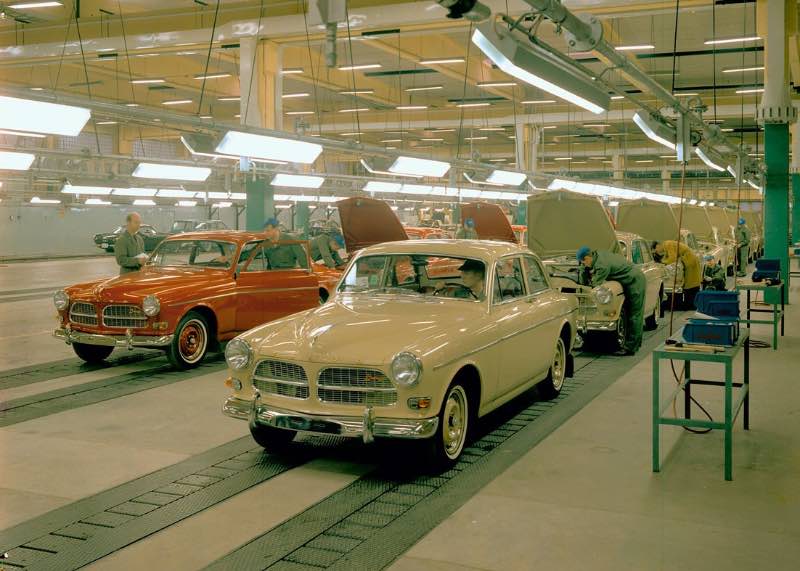
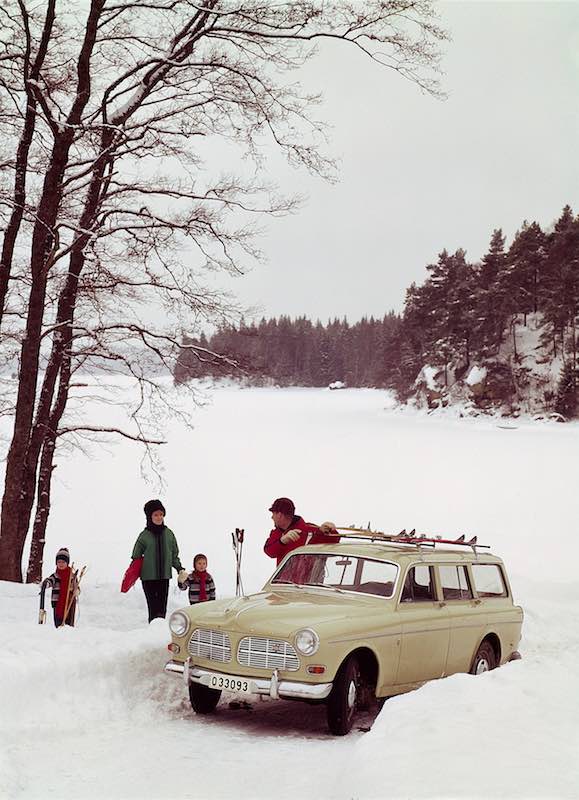
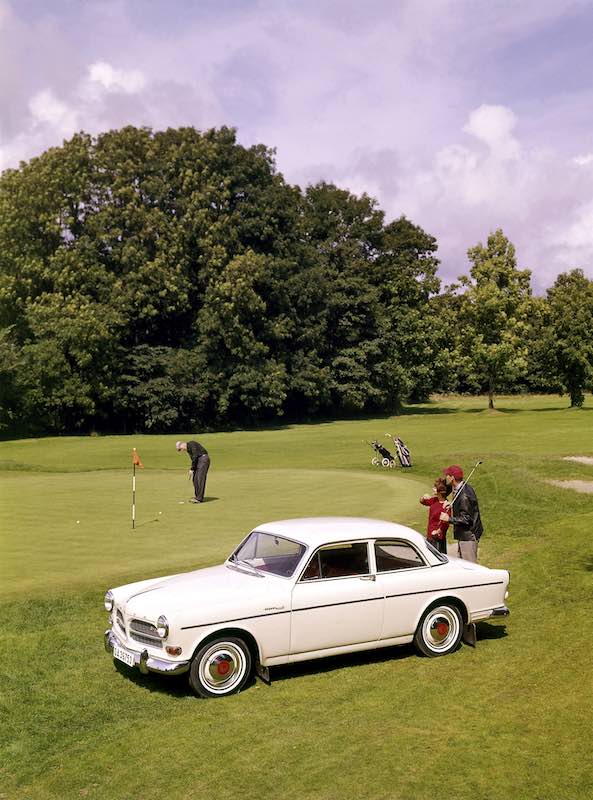
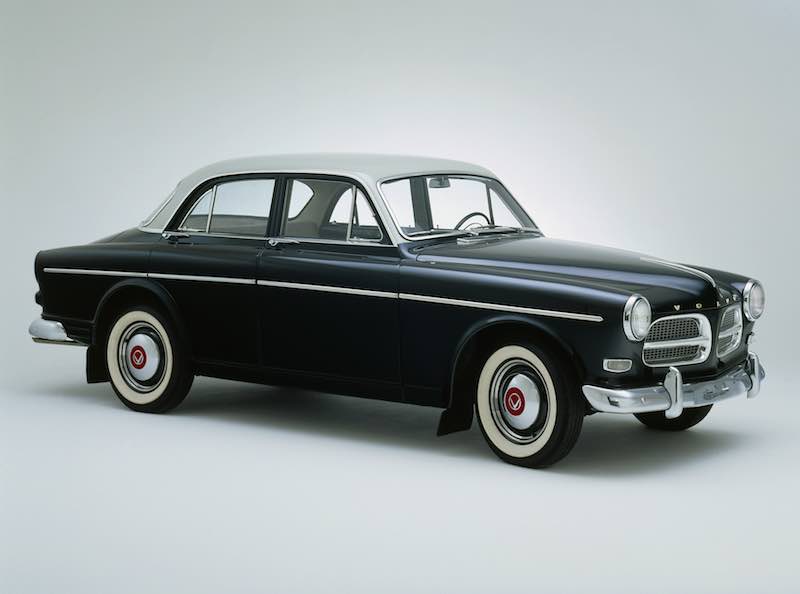
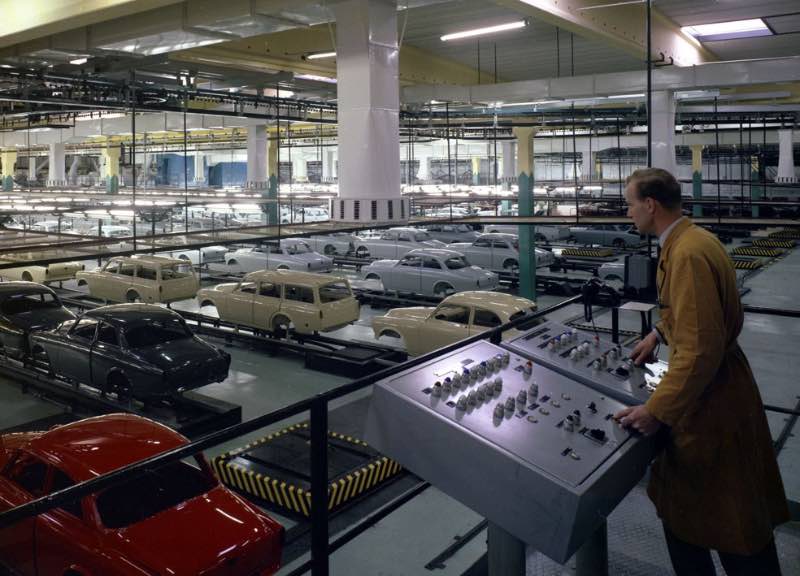
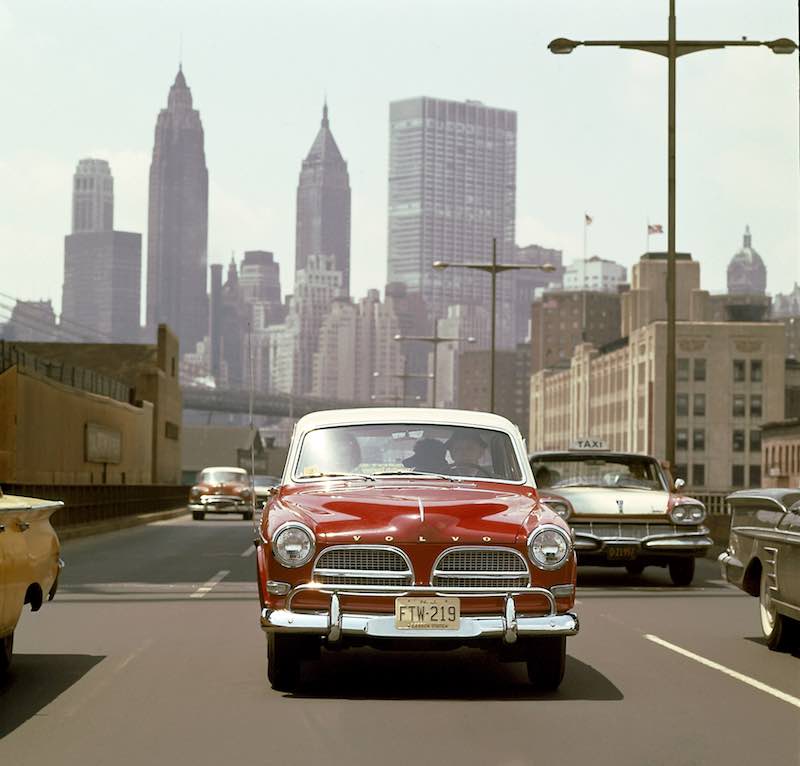
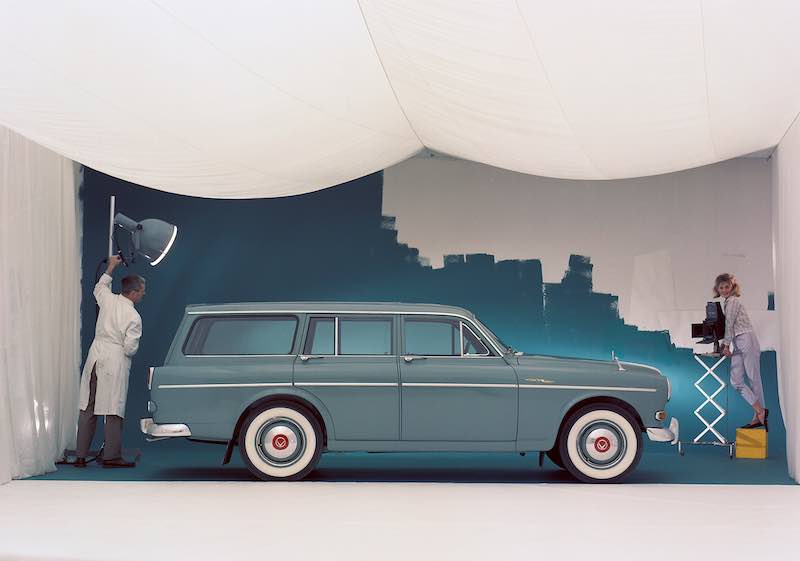
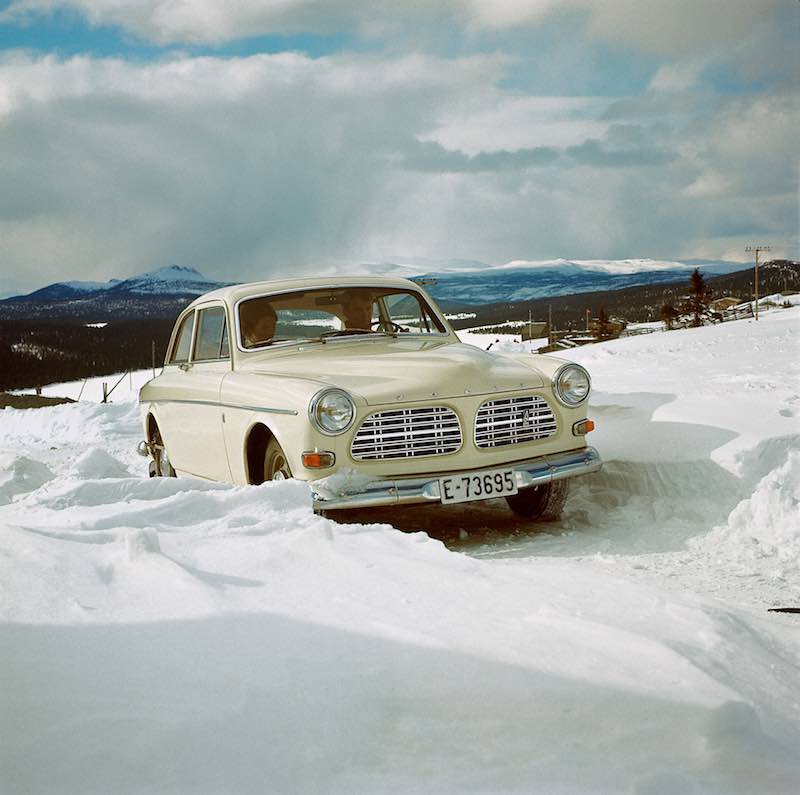
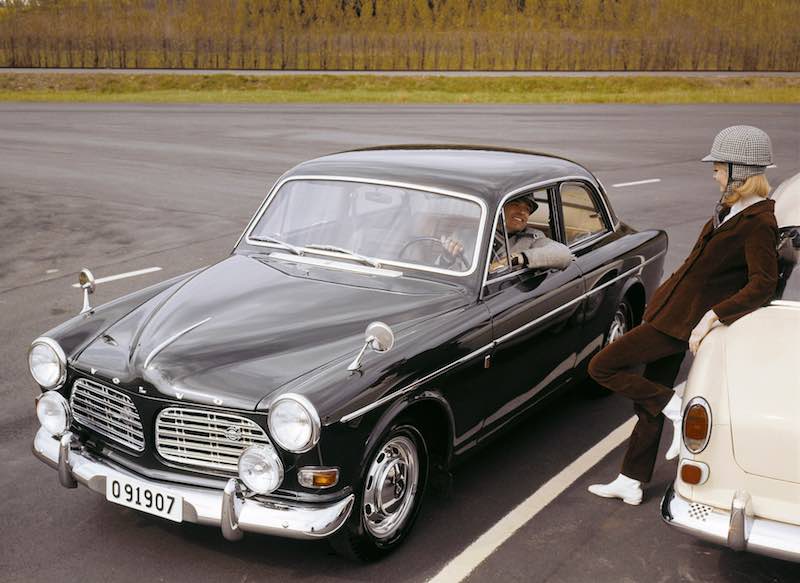
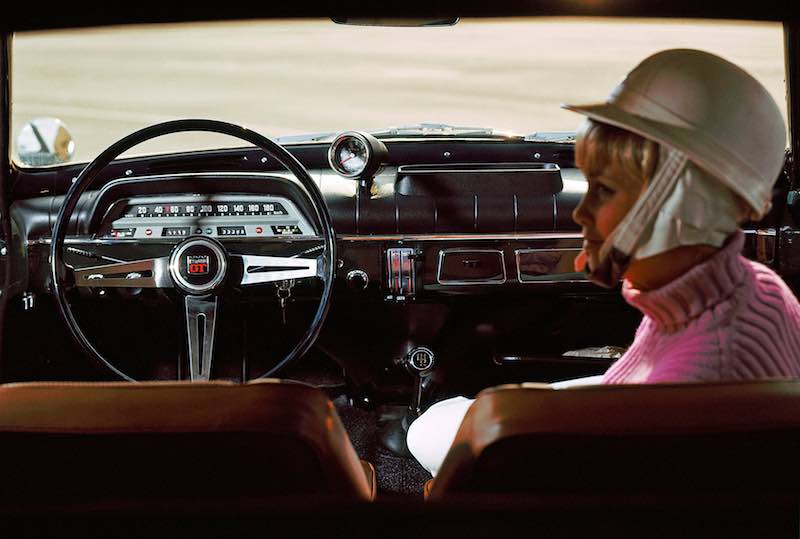
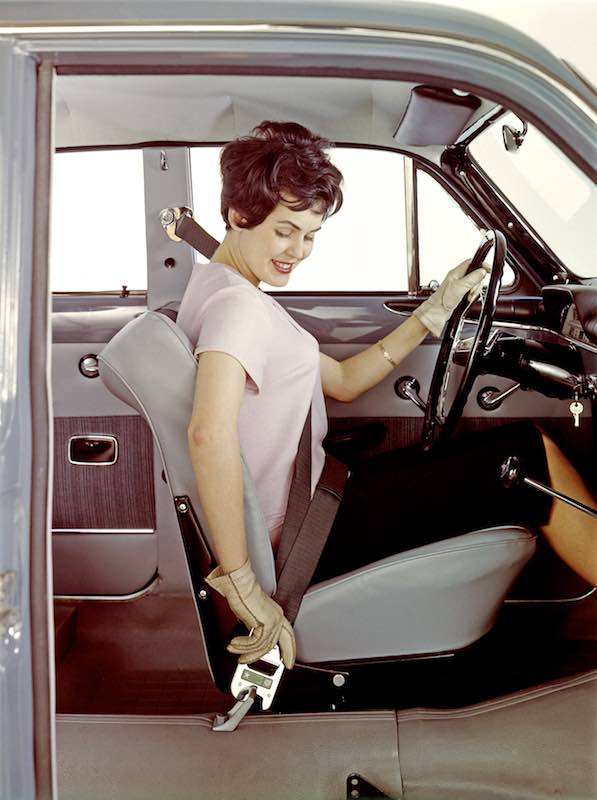
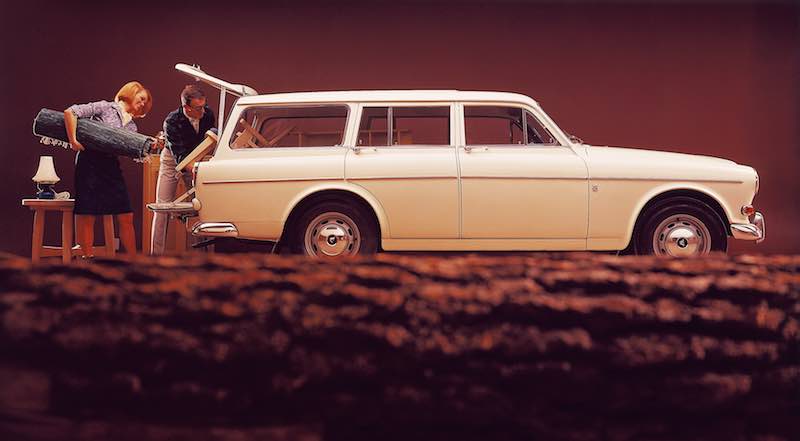
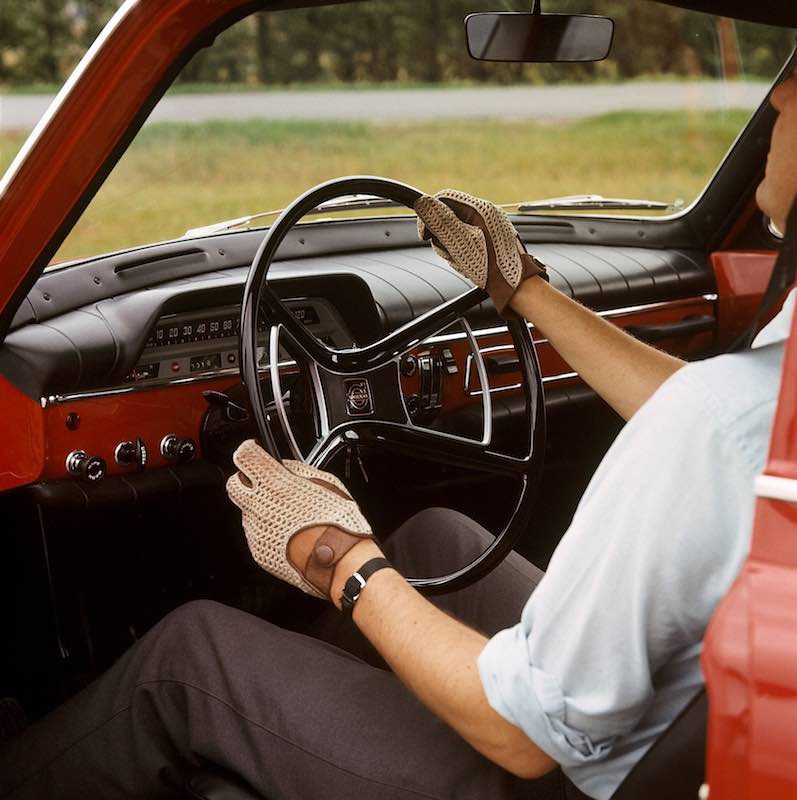
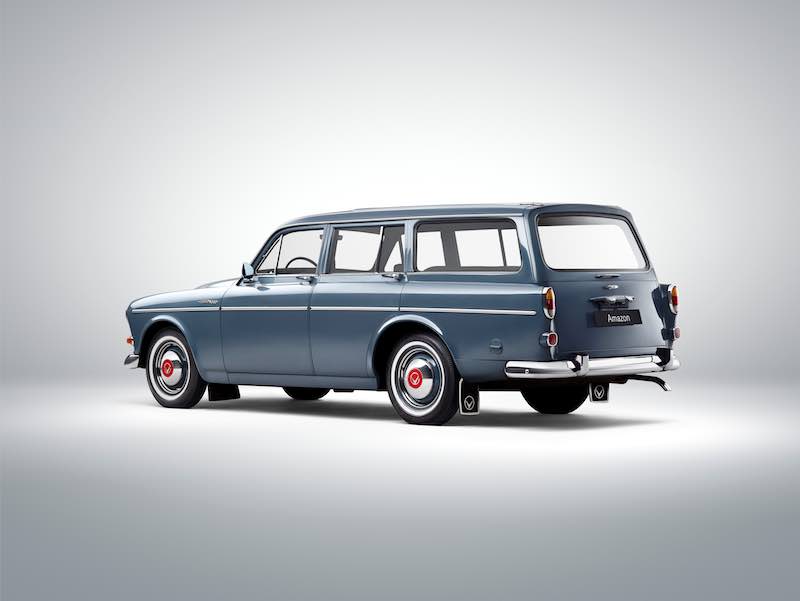
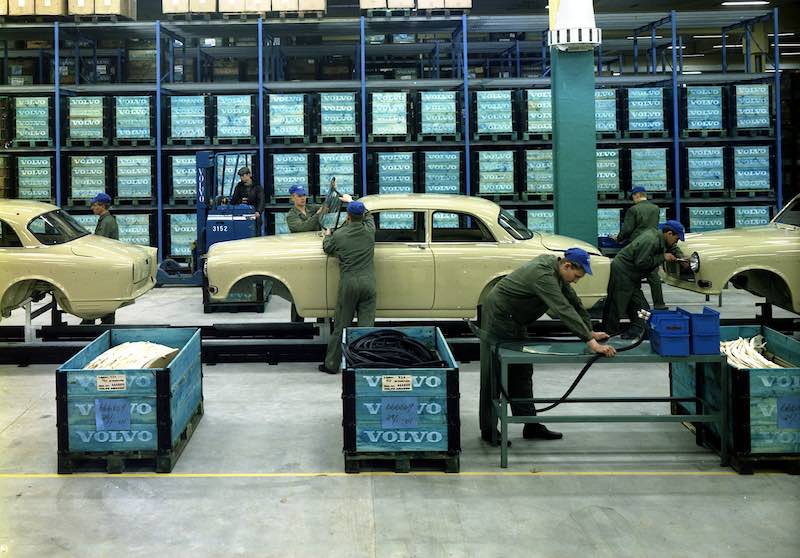

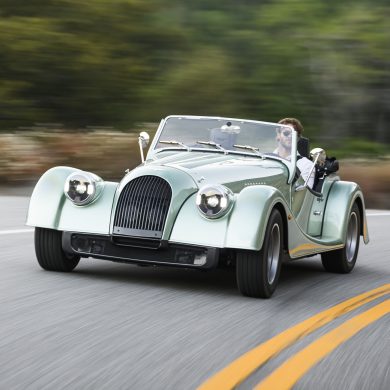
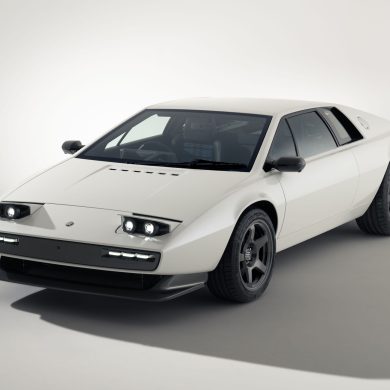

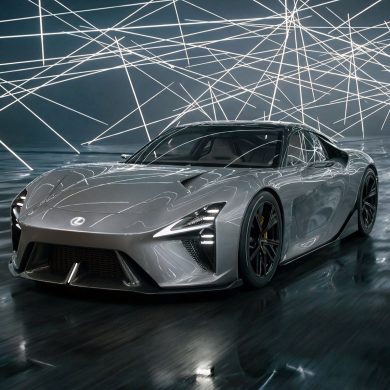



I want to thank you for this beautifully written and well illustrated story about the Volvo Amazon or as most people in the US know it, the 122. It really was the car that put Volvo on the shopping list of many people in North America.
There is one very interesting point that you did not mention. The name Amason or Amazon was not popular with the the Managing Director of Volvo at that time, Gunnar Engellau. Mr. Engelleau reminded his management team that Volvo’s market share in most countries around the world was under 1%. With that tiny market share it was amazing that people could remember our name at all! He suggested that it would be better to continue using numerical model designations…..so that people would always have to mention the Volvo brand name in order for people to know what kind of a car you were talking about. Ultimately, Gunnar’s logic won out…and Volvo has followed his recommendation to this very day!
I had the good fortune to work for Volvo from 1970 through 2002, and I did get to shake Mr. Engellau’s hand when I had been with the company only a few days. When Ford acquired Volvo cars in 1999….the primary reason the gave was it was one of the world’s most meaningful and well defined brands. Volvo was virtually synonymous with Safety. I would like to tell you it was because of great advertising and PR….which I was responsible for. But the real truth is we just did a fine job telling the story. It was a powerful story….because it was true. The engineering center and the safety center were where the real heart and soul of Volvo lived. And it continues to this very day as well.
The 444/544 was the car that put Volvo on the American map. The 122 looked like a Borgward. The 1800 coupe was a horrible disappointment.
I have had the pleasure of meeting Bob Austin and many of the Volvo people from Rockleigh, they were all top notch and did the mst to support the Volvo community. They were responsible for the annual Volvo Owners Day each Fall in Rockleigh, I attended every one with either my 122 or 123GT. I have had my 122 since its birth and can’t wait to celebrate her 50th birthday and my ownership next year. The car has never let me down and to this day it is the conversation piece.
Hi Bob,
I heard your talk at the recent VSA meeting and I’m not surprised that you can add some interesting information to the SCD article. The paragraph where you describe why Volvo wanted to drop the Amazon designation in favor of just the numbers, 122, reminds me of a similar situation the Acura faced with a former production car, the Legend. No one said they owned an Acura Legend, they just said Legend. Acura no longer names its models; they have a letters/numbers designation and the only name on the car is Acura. Anyway, nice follow up from your personal experience at VCONA.
David Thompsons comment is ridiculous, as the P1800 was and still is one of the most beautiful cars ever built by any car maker anywhere in the world .